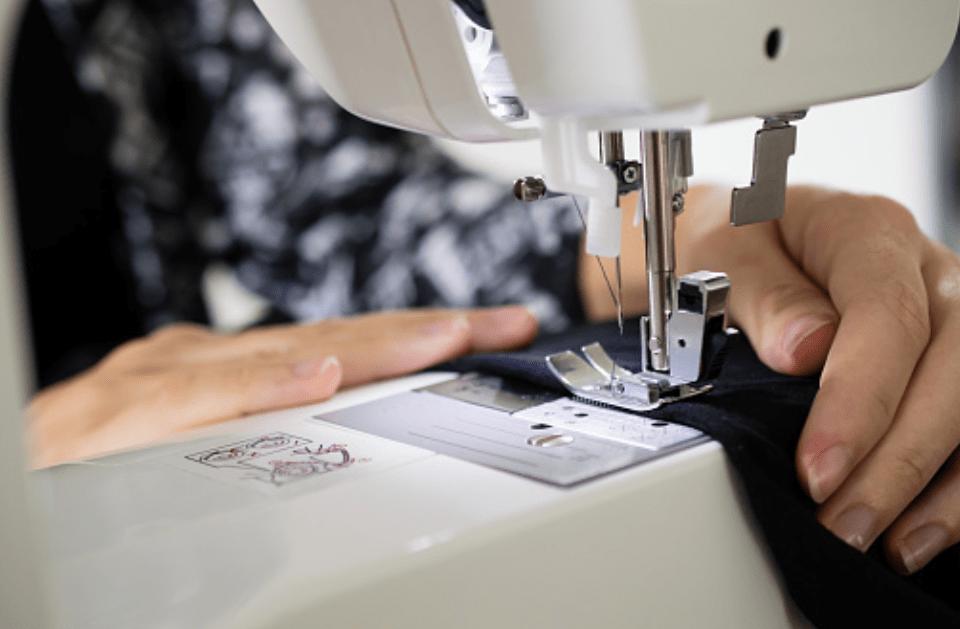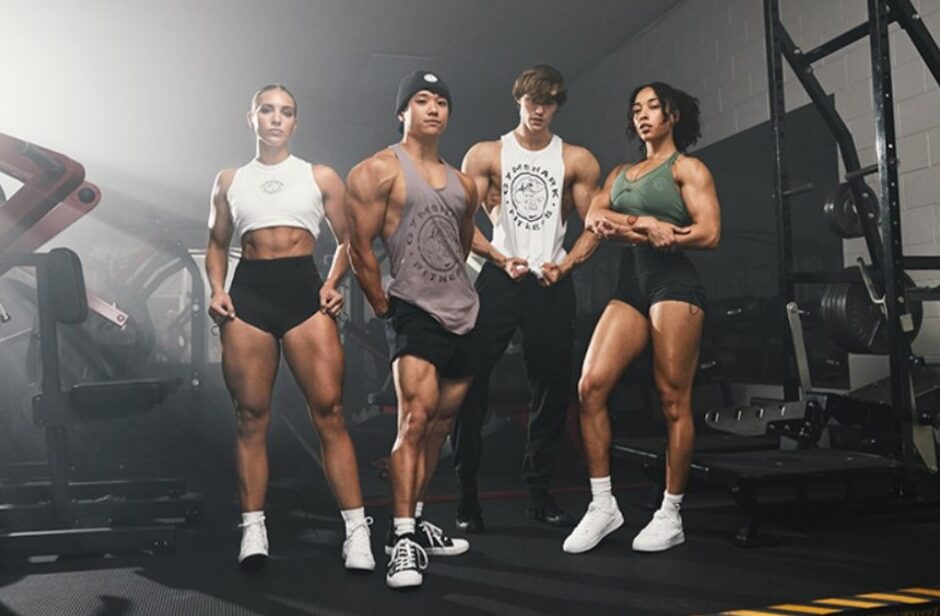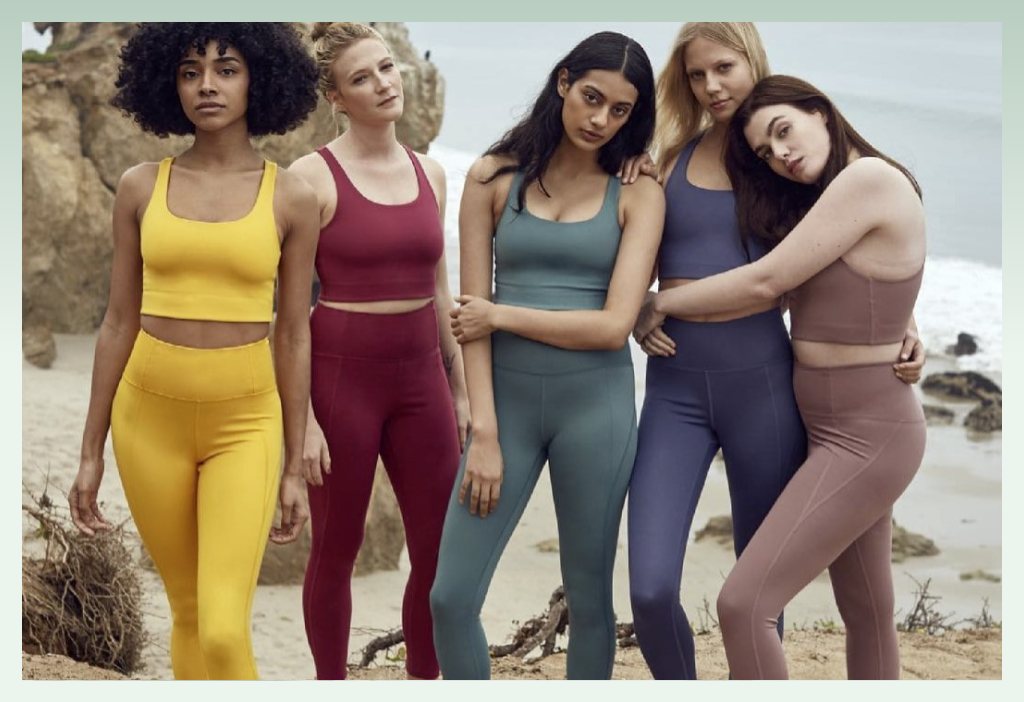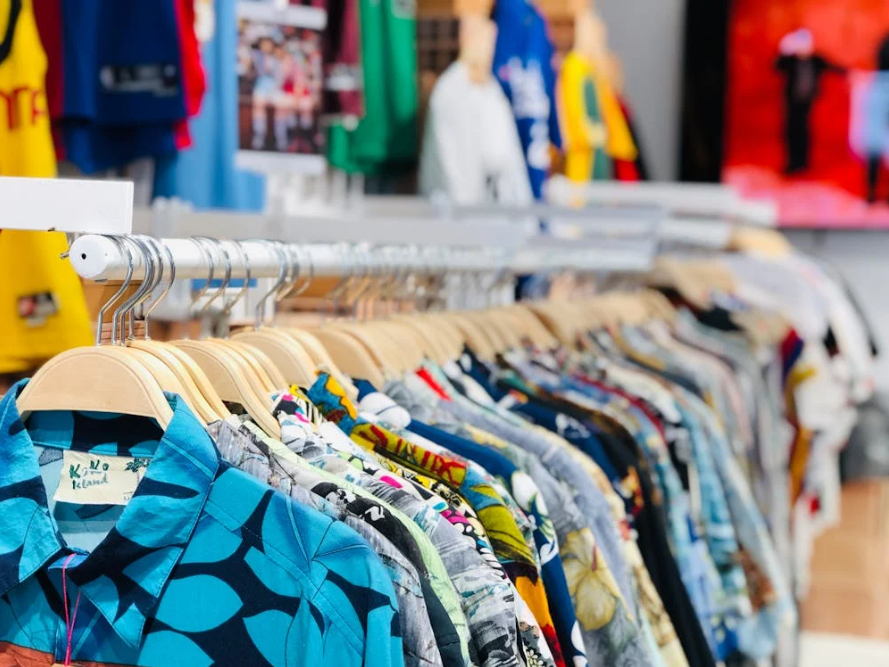Embroidery isn’t just decoration—it’s storytelling woven into your apparel. In 2025, choosing the right embroidery style shows quality, comfort, and identity, especially for B2B buyers in North America, Europe, and Australia aiming to stand out.
To choose the right embroidery, consider seven factors: why embroidery elevates perceived value; which techniques (flat, 3D puff, chain, satin) create desired effects; how fabrics like cotton, hemp, bamboo influence results; optimal logo size and placement; thread types/colors to match brand identity; durability and washability; and how costs and MOQs compare to printing.
Let’s dive deeper into each point—empowering you to select embroidery that fits your brand, fabric, and budget.
1. Why Does Embroidery Still Matter in Modern Apparel Branding?
Embroidery sends a message: this brand cares about quality and craftsmanship.
Embroidery imparts texture, longevity, and perceived premium value. It shows attention to detail. On sustainable fabrics, it reinforces adult apparel quality and aligns with buyers focused on heritage and durability.
In today’s world of fast printing and mass production, embroidery stands out. Buyers often associate it with uniforms, high-end polos, or luxury outerwear where durability matters. A well-placed stitched logo lasts through hundreds of washes, unlike prints that crack or fade.
When evaluating supplier claims, look for:
- Stitch density (stitches per inch/mm)
- Thread quality (e.g., UV-resistant polyester or eco-rayon)
- Stabilizer and backing usage for fabric structure
Embedding embroidery into your B2B communication shows buyers you understand the value of longevity and visual trust in adult clothing.
2. Which Embroidery Styles Work Best: Flat, 3D Puff, Chain & Satin?
Different embroidery techniques produce different visual and tactile effects.
Flat embroidery offers crisp, detailed logos. 3D puff adds dimension and boldness. Chain stitch brings vintage charm. Satin stitch provides a glossy, structured fill. Each style suits different visuals and fabric types.
Flat Embroidery
- Smooth, flush-to-fabric look
- Ideal for detailed logos, multi-color designs up to nine threads
- Great on shirts, polos, hoodies
3D Puff Embroidery
- Raised look using foam; bold and eye-catching
- Best for caps, outerwear, simple lettering
- Requires foam digitization, tighter satin stitches (~3 mm), and structured fabric
Chain Stitch
- Looped style, vintage aesthetic
- Great for retro looks, artisan or curvy designs
- Works well on fabrics with texture
Satin Stitch
- Glossy, smooth coverage for filled areas
- Ideal for lettering and emblem borders
Tip: Combine—for instance, flat embroidery logo with a small embellished chain-stitch element for premium appeal.
3. How Does Fabric Choice Affect Embroidery?
Your fabric matters—each texture handles stitching differently.
Heavy fabrics (cotton twill, fleece) support high stitch density and 3D puff. Light fabrics (bamboo jersey, silk blends) are better suited for flatter, less dense embroidery to avoid puckering and distortion.
Embroidery on sustainable fabrics requires care:
- Organic Cotton: Dense and stable—ideal for all styles.
- Hemp & Hemp Blends: Slight texture; use more backing for flat or chain stitch; avoid foam for puff unless fabric is thick.
- Bamboo: Lightweight; limit density and avoid puff.
Suppliers should test samples first. Ask for swatches with expected stitch count. For puff, confirm fabric weight supports foam height (1–5 mm).
4. Where Should You Place Embroidery for Best Comfort & Visibility?
Placement and size make embroidery comfortable and stylish.
Small chest logos (~3–4") offer brand presence without bulk. Back neck placements are subtle. Sleeves, hems, or pockets add nuance. Cap/puff works best on front panels. Avoid placing embroidery over seams or raw edges.
Guidelines for placement:
-
T‑Shirts & Polo Shirts:
- Left chest: 3–4" logo
- Back neck: ~1–2" discreet label
-
Hoodies & Sweatshirts:
- Center chest: up to 6", avoid heavy stitching near seams
- Sleeve cuffs or hem: 2–3", subtle accent
-
Outerwear & Jackets:
- Chest, shoulder, or upper-back patches
- Puff works well on structured shoulders or caps
Balancing visibility and comfort minimizes irritation and supports consumer acceptance.
5. How Do Color & Thread Choice Reflect Brand Identity?
Thread hue and sheen set the tone—from matte natural to bold shine.
Polyester threads offer vibrant, durable colors. Rayon provides soft, slightly shiny sheen. Matte cotton blends offer understated eco-tone. Matching thread finish and color contrast adds to brand identity.
Thread options:
- Polyester: Durable, UV- and wash-resistant; ideal for outdoor and high-abrasion use.
- Rayon: Soft sheen, luxurious feel—good for premium labels; less durable.
- Eco-rayon/Recycled polyester: Sustainable and trendy for eco-conscious brand messaging.
Color strategies:
- Monochrome (tone-on-tone): Minimalist, premium look—e.g., navy on dark denim.
- High-contrast (white on dark): Clean and bold visibility for logos.
- Metallic threads: Eye-catching but require test washes.
- Multi-color: Use up to 9 colors for flat embroidery; chain stitch typically uses 1–2.
Thread choice should match brand values and product use.
6. How Durable & Washable Is the Embroidery?
Longevity matters: some embroidery techniques last longer.
Dense stitch count with quality stabilizers boosts durability. Flat and puff endure over 100 washes if properly backed. Chain and satin hold shape but may fray if densities are too low. Avoid high-heat laundering.
Embroidery durability depends on:
- Stitch Density: Too sparse threads wobble; too tight cause distortion.
- Backing/Stabilizers: Tear-away or cut-away stabilizers support stitches.
- Thread Type: UV-resistant polyester lasts longer outdoors.
- Care Instructions: Recommend gentle wash, inside-out, low heat.
Flat embroidery can last 5–10+ years, while puff needs structured fabric to avoid flattening.
7. How Do Costs & MOQs Compare: Embroidery vs Printing?
Budget awareness helps in early stage decisions.
Embroidery typically has higher setup costs (digitizing, thread/stabilizer prep) and steadier per-unit pricing, making it ideal for smaller batches. Printing (screen, DTG, DTF) often features lower upfront costs but becomes more economical as volume rises, with per-item prices dropping steeply in larger runs.
- Setup & Scale
- Embroidery: One-time design setup and steady unit pricing. Good for smaller orders (e.g., 20–200 units).
- Printing: Lower initial setup but benefits more from large quantities, so cheaper per item at higher volumes.
- Order Size Sweet Spots
- Small runs (< 100 units): Embroidery often wins—setup spread thinly, and perceived quality is high.
- Mid to large runs (200+ units): Printing becomes very cost-effective as setup costs dilute and per-unit drops significantly.
- Durability & Perceived Value
- Embroidery creates a textured, premium feel that holds up wash after wash.
- Printing offers more design complexity (e.g., gradients, detailed art) but may fade sooner.
Use embroidery for small batches, quality pieces; printing for large, graphic-heavy lines.
Conclusion
Choosing the right embroidery style means matching technique, fabric, placement, thread, durability, and cost to your brand’s identity and buyer expectations. With these insights, B2B purchasers can confidently select embroidery that stands out—beautiful, durable, and tailored for modern adult apparel.





